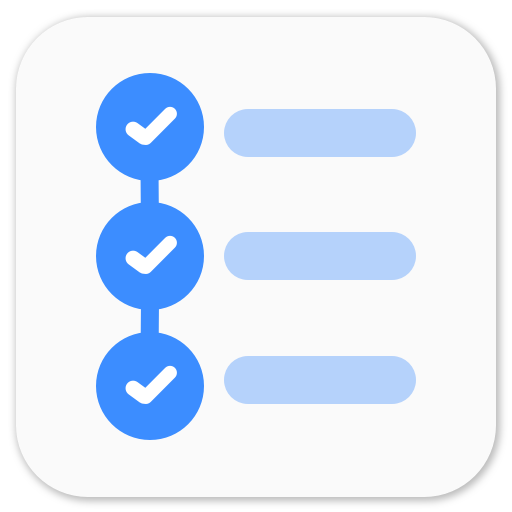Capture Images and Video from Camera in OpenCV 2.3.1
OpenCV 2.3.1 python bindings have ctypes and no longer support swig bindings. OpenCV 2.3.1 python bindings are quite stable and much faster than OpenCV 2.1 swig bindings. Although OpenCV 2.3.1 has many new features, it still supports some of OpenCV 2.1’s functions. Moving on to capturing images from camera.
CaptureFromCAM
Capturing a single frame:
from cv2.cv import *
# Initialize the camera
capture = CaptureFromCAM(0) # 0 -> index of camera
if capture: # Camera initialized without any errors
NamedWindow("cam-test",CV_WINDOW_AUTOSIZE)
f = QueryFrame(capture) # capture the frame
if f:
ShowImage("cam-test",f)
WaitKey(0)
DestroyWindow("cam-test")
To capture video, capture frames in a loop with appropriate waitkey. This method of capturing frames is similar to that of OpenCV 2.1
VideoCapture
Capturing a single frame:
from cv2 import *
# initialize the camera
cam = VideoCapture(0) # 0 -> index of camera
s, img = cam.read()
if s: # frame captured without any errors
namedWindow("cam-test",CV_WINDOW_AUTOSIZE)
imshow("cam-test",img)
waitKey(0)
destroyWindow("cam-test")
This method is most extensively used to capture frames in OpenCV 2.3.1.
P.S. Studying Thermodynamics. We Mech people also study cool stuff.
Playing around with Android UI
Articles focusing on Android UI - playing around with ViewPagers, CoordinatorLayout, meaningful motions and animations, implementing difficult customized views, etc.


